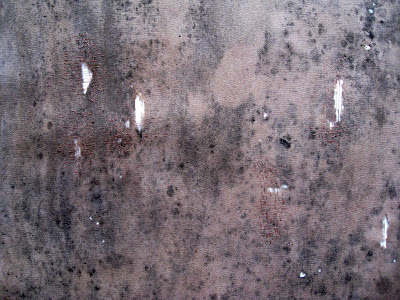This work began with a cloth that was buried in the soil beside a Douglas-fir tree. Before the cloth began to decay I dug it up.
It was now my turn to respond to the cloth.
I liked the bits of leaves stuck to the cloth so stitched over some of them to hold them in place.
Now it was the tree's turn to respond.
When the cloth was dry I stretched it on a hoop and waited for a windy day. When that day arrived I raced out and tied a little paintbrush to the end of a branch. I dipped the brush into a bottle of ink then held the hooped cloth up to the brush. While the wind blew the branch around the ink-filled brush drew on the cloth - a wind drawing.
Now it was my turn to respond again.
It was time for me to add more stitch to respond to the tree's wind drawing.
The cloth needed a backing to support the stitching I had in mind.
I selected a bedsheet stained during its time wrapped around the trunk of the tree.
I found another unstained bedsheet to give a firmer cloth to stitch into.
I trialled different bedsheets to get enough contrast between the 3 cloths. Even though the colours are soft and subtle, contrast between the different cloths is still needed.
I used my camera to take black and white photographs to check the value contrast between the different sheets before I settled on this combination.
I wanted to show the little branchlets that break off the Douglas-fir tree during a wind storm.
I went though my large bin of 'white' thread to find just the right ones.
I went outside to find one of these branchlets and made lots of drawings of it until my hands knew the angle at which the needles came out of the branch.
Next, I stitched some samples, trialling different stitch combinations. I settled on a made-up version of couching though no doubt someone somewhere has invented this stitch before. I call it a long-armed couching stitch.
Now I have to settle down and stitch every day to make sure I keep the rhythm going and keep remembering my intention with this work.












































